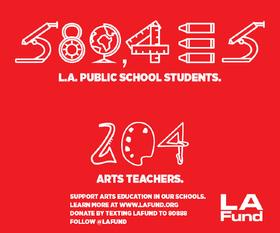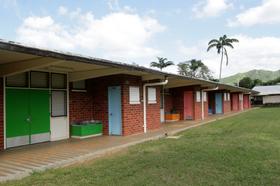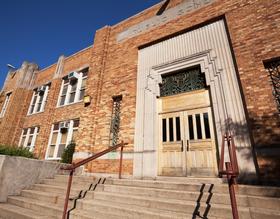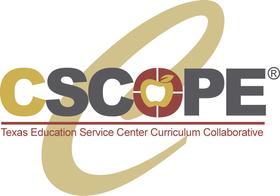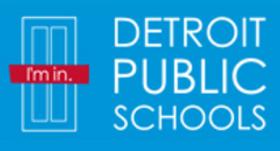Miami-Dade has been a struggling school district. With high poverty rates and an ethnically diverse student population, many schools within this large district have not been successful in preparing students for life after school. A history of high dropout rates, low attendance and poor academic performance has plagued the students and teachers in this Florida district. However, the tide appears to be turning for Miami-Dade, thanks to the work of the current superintendent and his dedicated staff.
A New Leader
Alberto Carvalho took over the reins of Miami-Dade in 2008. In 2010, a blog at the website for the U.S. Department of Education described some of the changes that were already being seen in the district. First, the Education Transformation Office (ETO) was formed to provide support to 19 of the district’s failing schools. The schools on the list received individualized support in the areas of professional development, family engagement and curriculum.
The blog also noted the following three areas of focus in turning around some of the struggling schools:
- A culture shift that helped the students and faculty at the schools feel respected and supported
- Additional support to ensure every student in the district completed high school
- A focus on professional development that includes building professional learning communities
Despite the fact that the district was still in the early stages of its transformation at the time this blog was written, the author was already impressed with the amount of progress that had been made. The approach to the transformation appeared to be a big factor in its early success. Instead of simply “checking boxes” as they went through different transformation models, the district created a plan that incorporated the various models. At the same time, district officials kept their eye on finding the best ways to improve teaching and learning within their own schools.
District Uses Federal Grants
In 2011, CNN reported on how Miami-Dade was spending grant money issued by the U.S. Department of Education. The grant was a part of the $546 million in School Improvement Grants that was allotted for the improvement of low-performing schools. One high school in the Miami-Dade District, Miami Central, received $800,000 to help turn it around.
The money at Miami Central was used for a variety of investments, from new technology and teaching tools in the classrooms, to coaches that could help students with math, reading and science. The school also created a Saturday academy that was open for three hours each week to students that needed additional academic assistance.
Introducing “New Blood”
In addition, the district brought “new blood” into the school, replacing around half of their faculty and administration within two years. The new principal of the high school, Rennina Turner, explained to CNN the school achieved this through the following, “Identify individuals who want to be part of the change – whether it’s students, teachers or administrators – and have people here who want to be here, for the good of the cause.”
Part of the efforts involved bringing in teachers from the Teach for America program, which recruits some of the top academic students in the country to work in some of the highest poverty schools. The district paid these candidates extra salary to entice them into Miami-Dade to help turn around the neediest schools.
Building a Political Bridge
In addition to his work inside the schools, Carvalho also spent time mending fences with members of the Miami-Dade school board. According to a report at National Public Radio, the former superintendent had been at odds with board members, while the board itself was also seen as hopelessly divided. Carvalho brought a spirit of unity to the political system of the district, which has enabled him to accomplish changes with the support of the board.
The Results
The Miami Herald reported this year on some of the results seen from Carvalho’s efforts. Between 2009 and 2012, college enrollments rates in Miami-Dade have increased 69 percent for Black students and 25 percent for Latino students. While only eight percent of students at the lowest performing schools in the district were reading at grade level by ninth grade in 2008, 25 percent are now reading at grade level.
The district has launched a new Post-Secondary Success Collaborative that is designed to provide students with the support they need to make it through high school and beyond. The initiative helps schools identify existing resources and identify where there are gaps that need to be addressed. The initiative inspired educators to begin talking to students earlier about college opportunities, and support parents through the college application process.
In addition, the initiative developed a college-prep math curriculum that is currently being used by more than a dozen district schools. Schools now feature college clubs that welcome freshmen, and FAFSA Marathons have been held to help families navigate through the complex maze of financial aid forms.
More Work to Do
There is still much work to do in Miami-Dade. This is a county where 73 percent of students live at or below the poverty line, according to WLRN. These students do not have access to computers and information, and get less support at home than their more affluent counterparts. They have fewer opportunities and fewer chances for success.
Carvalho told WLRN, “Just as poverty can’t be an excuse, the exclusion of poverty as a factor is immoral.” The superintendent is working hard to walk that line, providing students with the resources they need while giving them the responsibility for their own success. It is not an easy job, but Carvalho appears to be a fairly effective example of an education leader who can get things done.





